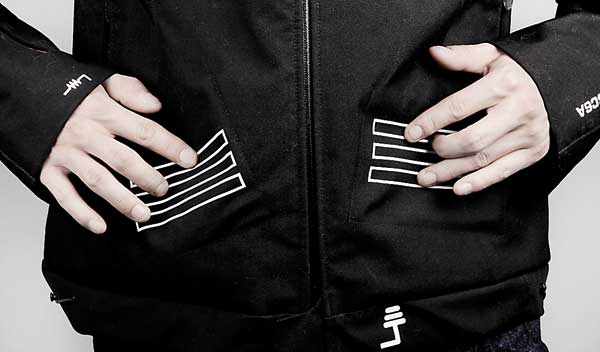25 Feb 2015 - {{hitsCtrl.values.hits}}

.jpg)
.jpg) n recent years, Sri Lanka has not been as serious and aggressive about forging trade agreements as many of its competitors. As global agreements like the Doha Development Agenda have stalled, many countries have resorted to signing bilateral and regional free trade agreements to expand the market for their exports. In this, the Trans-Pacific Partnership - commonly known as ‘TPP’ - stands out for its mega-regional nature. The TPP is led by the USA and brings together 12 pacific-rim countries (Australia, Brunei, Canada, Chile, Japan, Malaysia, Mexico, New Zealand, Peru, Singapore, the US and Vietnam) covering over 40 percent of global GDP.
n recent years, Sri Lanka has not been as serious and aggressive about forging trade agreements as many of its competitors. As global agreements like the Doha Development Agenda have stalled, many countries have resorted to signing bilateral and regional free trade agreements to expand the market for their exports. In this, the Trans-Pacific Partnership - commonly known as ‘TPP’ - stands out for its mega-regional nature. The TPP is led by the USA and brings together 12 pacific-rim countries (Australia, Brunei, Canada, Chile, Japan, Malaysia, Mexico, New Zealand, Peru, Singapore, the US and Vietnam) covering over 40 percent of global GDP. .jpg) Parties to the TPP stand to gain through greater duty-free access to the US market, while others who are not parties to it but still depend on the US – like Sri Lanka and Bangladesh – stand to lose. This was the gist of a report by Standard Chartered Bank (SCB) released last month. The report - ‘Trans-Pacific Partnership (TPP): Winners and Losers’ - focused particularly on the apparel sector and argued that the TPP will make Sri Lanka’s apparel exports to the US less competitive compared to Vietnam’s. This has big implications for Sri Lanka, as the US is the largest single-country market for our apparel exports, accounting for over 40 percent.
Parties to the TPP stand to gain through greater duty-free access to the US market, while others who are not parties to it but still depend on the US – like Sri Lanka and Bangladesh – stand to lose. This was the gist of a report by Standard Chartered Bank (SCB) released last month. The report - ‘Trans-Pacific Partnership (TPP): Winners and Losers’ - focused particularly on the apparel sector and argued that the TPP will make Sri Lanka’s apparel exports to the US less competitive compared to Vietnam’s. This has big implications for Sri Lanka, as the US is the largest single-country market for our apparel exports, accounting for over 40 percent.
27 Nov 2024 7 minute ago
27 Nov 2024 14 minute ago
27 Nov 2024 55 minute ago
27 Nov 2024 3 hours ago
26 Nov 2024 26 Nov 2024